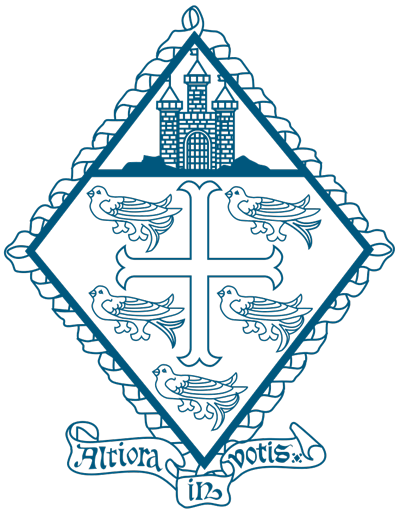Born in the USA, Professor Abigail Smith is nevertheless a very keen cricket fan. She agreed to be our breakfast speaker although she was on leave for 3 days, and then went straight on to watch the South Africa - New Zealand Test Match at the University Oval, so special thanks for that!
Her research interest include marine sedimentology and skeletal geochemistry
In response to a question, Professor Smith described why the inside of paua shells is coloured. She noted that this is not due to a pigment or pigments, but a form of calcium carbonate which forms a diffraction grating, splitting white light into its component parts, like oil on water. It is a tougher, more durable form of calcium carbonate than the outer part of the shell, requiring more energy expenditure in its formation than this outer form.
Commenting on how the seas have changed (and are changing), she noted in particular the acidification of sea water and its effect on marine life. Some remarkable behavioural changes occur among some marine creatures living in a more acid environment. For example, instead of hiding when in danger, they come out into the open, and rather than speeding away from potential predators, they swim towards them. The changes appear to result from an alteration in the molecular stability of a neurotransmitter.
Again in response to a question, Professor Smith stated firmly that climate change is real, quoting “burning fossil fuel is like feeding your grandchildren cyanide”
New Zealand, because of its geographical isolation, has a unique marine fauna not found any where else
Both Professor Smith and her husband Professor Hamish Spencer have animal species named after them in honour of their contributions to their different fields (the bryozoan Exochella abigailae, and mollusc Hortia spenceri respectively).
Given Professor Smith’s lively and interesting presentation, it was no surprise to hear that she enjoys teachings well as research.



